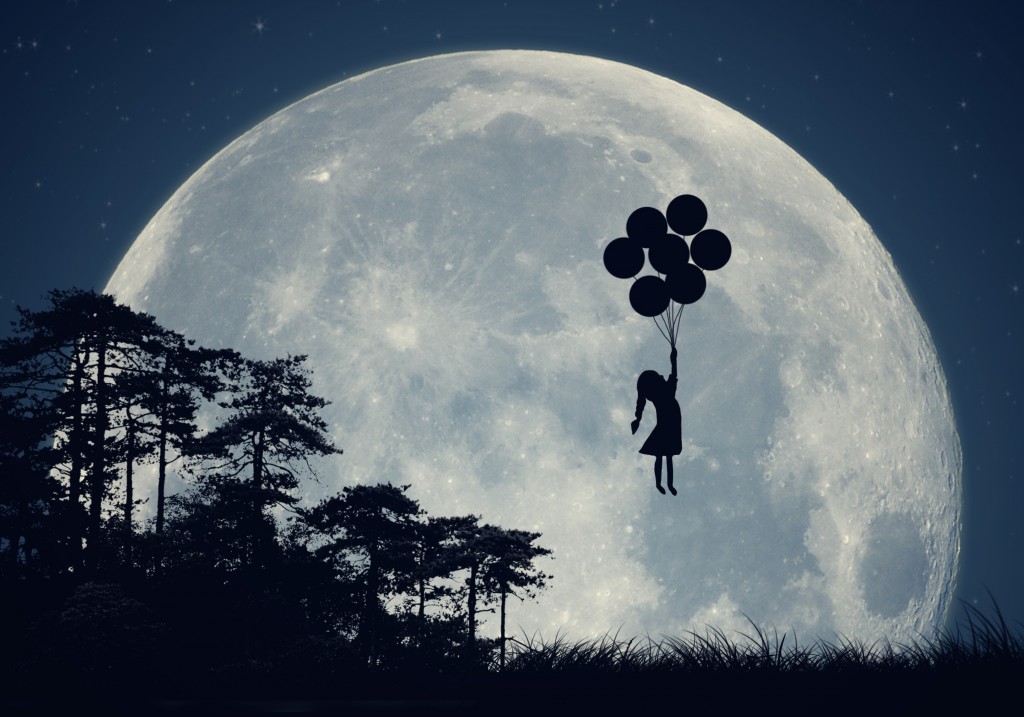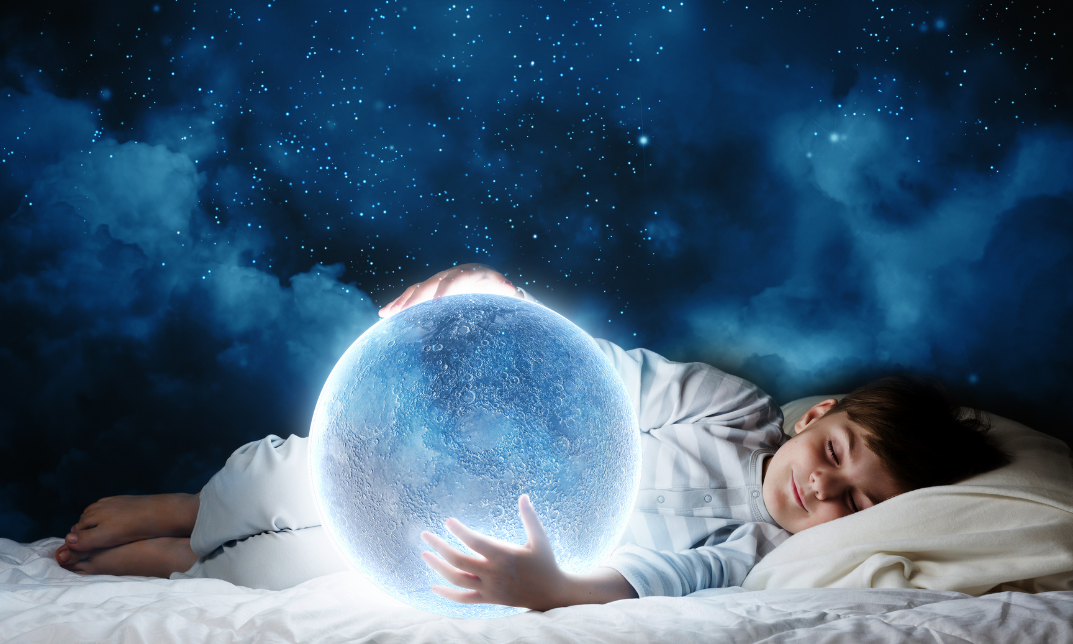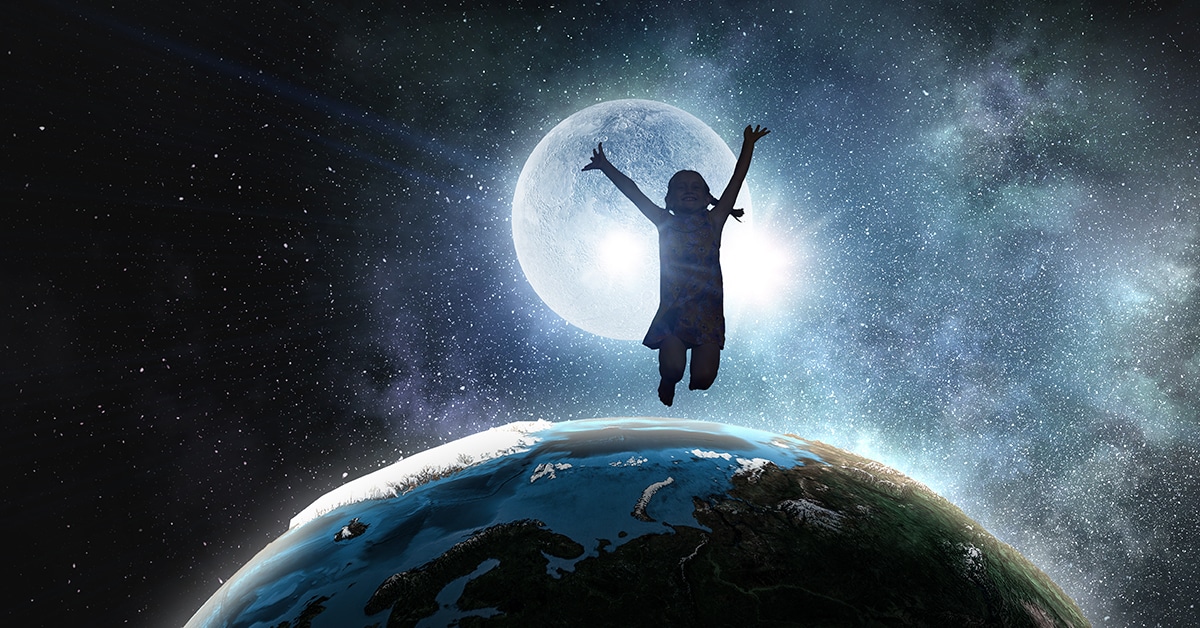Have you ever stopped to really think about the incredible things your mind creates while you are sleeping? It's a fascinating thing, truly. Our dreams, you see, are like these private movies, playing out in our heads, full of characters, places, and sometimes, even faces we recognize or faces that are completely new. The idea of "dream doll ethnicity" asks us to look closely at these imagined figures. It makes us wonder about the diverse backgrounds or looks of the people, or even the imagined beings, that show up in our sleep thoughts. It's a way, too, to consider how our own experiences and the world around us shape these very personal mental creations.
So, what exactly are dreams? Well, as a matter of fact, they are a series of thoughts, images, or emotions that pop up while you are sleeping. Think of them as mental imagery or activity, happening in your mind. It's interesting, isn't it, that to really study a dream, it first has to become a verbal report? That's just an account of your memory of the dream, not the actual dream experience itself. This means our understanding of dreams always comes through a filter, you know, our own memory.
This article will take a look at the nature of dreams and how our experiences, including those from playing games or making videos with friends, can subtly influence the "ethnicity" or diverse characteristics of the figures we imagine. We'll explore why thinking about this kind of representation, even in our minds, might matter a lot. It's a rather unique way to think about how our inner worlds reflect the bigger world we live in.
Table of Contents
- The Nature of Dreams: Our Inner Storytellers
- Imagination's Canvas: Reflecting Our World
- Understanding "Dream Doll Ethnicity" as a Concept
- The Influence of Experience on Our Mental Imagery
- Why Representation Matters, Even in Our Minds
- Thinking About Diversity in Our Inner Worlds
- Common Questions About Dream Imagery
The Nature of Dreams: Our Inner Storytellers
What Are Dreams, Really?
Dreams are these amazing mental, emotional, or sensory experiences that happen during sleep. They are, in a way, a series of events or images that play out in your mind. You can dream at any stage of sleep, but your most vivid dreams, it's true, typically occur in rapid eye movement (REM) sleep. This is when brain activity increases quite a bit, actually. Dreams are an integral part of sleep, and they are the most common and intense during REM sleep.
When we talk about dreams, we are often talking about a general term for any succession of images. These imaginary sequences can sometimes have clear narratives, and sometimes they don't, but they always play out in people's minds as they sleep. Most dreams, you know, consist of a series of images, sensations, and even emotions. It's almost like your brain is putting on a show just for you.
Why Do We Dream?
There are some recent theories about why people dream, what causes them, and what dreams are. Dreams may reflect the cognitive functioning of the brain, which processes memories, conscious and unconscious thoughts, and our experiences in the world. So, in a way, your dreams are a sort of mental clean-up crew, sorting through everything you've seen and felt. It's pretty cool when you think about it.
The brain is quite active during sleep, and dreams are a product of that activity. They can be a way for our minds to work through daily events, or perhaps, to practice social interactions. For instance, if you like playing games, streaming, coding, and making videos with your friends, your brain might be processing those interactions, even when you're asleep. This is, you know, part of what makes our inner worlds so rich and varied.
Imagination's Canvas: Reflecting Our World
How Our Minds Create Figures
Dreams are imaginary sequences, some with clear stories, and some without. They are made up of images, sensations, and feelings. These figures, whether they are people you know or completely new faces, are creations of your mind. They aren't real in the physical world, but they feel very real to you in that moment. It's a rather powerful ability, isn't it, for your mind to just conjure up these detailed experiences?
The mind takes bits and pieces from your waking life and weaves them into these dream narratives. So, if you've been watching a lot of movies, or perhaps, playing certain games, those elements can certainly find their way into your dreamscapes. This is, you know, how our daily lives directly feed our subconscious thoughts and images.
The Role of External Influences
What we see, hear, and experience every day has a big impact on what we dream about. Our interactions with friends, the media we consume, and even the games we play, all contribute to the pool of images and scenarios our brains use to construct dreams. For example, if you're part of a "Dream team gaming" group, you might find elements of those team dynamics showing up in your sleep. It’s pretty clear that our external world shapes our internal one, in some respects.
These influences aren't always obvious, but they are always there. The people we meet, the places we go, the stories we hear – all of it becomes raw material for our dreams. It's almost like our minds are constantly collecting data, and then, during sleep, they process and present it in new and sometimes surprising ways. This is why, you know, our dreams can feel so personal and yet so universal at the same time.
Understanding "Dream Doll Ethnicity" as a Concept
Beyond a Literal Doll
When we talk about "dream doll ethnicity," we're not actually talking about a physical doll, like a toy. Instead, "dream doll" here means an idealized or imagined figure that appears within our dreams or in our minds. It's about the characters our brains create, whether they are people we know, strangers, or even fantastical beings. This concept encourages us to look at the characteristics of these figures, including their perceived ethnic or cultural backgrounds. It's a bit of a deeper thought, truly.
This way of thinking allows us to explore the diversity within our own subconscious creations. It’s not about judging, but rather observing what our minds tend to generate. So, you know, it’s about recognizing the rich variety of forms and faces that populate our inner worlds.
Exploring "Ethnicity" in Imagination
The "ethnicity" part in "dream doll ethnicity" refers to how diverse backgrounds and appearances show up in our mental landscapes. This means looking at the skin tones, hair textures, facial features, or even cultural clothing that our dream figures might have. It's about representation, you see, within the very personal world of our thoughts and dreams. It can show us what our minds have been exposed to, and what patterns they tend to create.
Our imaginations, including our dreams, are often a mirror of our experiences and the world we live in. If we are exposed to a wide variety of people and cultures in our waking lives, it's pretty likely that this diversity will also show up in our dreams. It’s a subtle thing, but a powerful one, how our minds can reflect the beautiful variety of humanity. This is, you know, a way to see how much our environment truly shapes us.
The Influence of Experience on Our Mental Imagery
Personal Connections and Memories
Our dreams, as a matter of fact, really do reflect our experiences. If you spend time with people from different backgrounds, or if your friends come from various parts of the world, your dreams might naturally feature a diverse cast of characters. This is because your brain is constantly processing these real-life interactions. So, you know, the more varied your daily life, the more varied your dreams might be.
For instance, if you enjoy playing games, streaming, coding, and making videos with your friends, and your friend group is diverse, those interactions are stored in your memory. These memories, both conscious and unconscious, become the building blocks for the figures that appear in your dreams. It's almost like your brain is rehearsing or replaying these social connections, sometimes with new twists. This, too, helps shape the "ethnicity" of your dream figures.
Media and Cultural Exposure
What we watch, listen to, and read also plays a big part in shaping our inner worlds. If the movies, TV shows, and games we consume feature a wide array of people from different ethnic and cultural backgrounds, then our minds have more diverse imagery to draw from. On the other hand, if our media consumption lacks variety, our internal "dream dolls" might also show less diversity. It's a rather straightforward connection, you see.
This is why, you know, discussions about representation in media are so important. They don't just affect what we see on screen; they can also influence the rich tapestry of our subconscious minds. Our brains are always learning, and the visual input we give them, whether through streaming videos or playing games, directly impacts the kinds of images and figures they create during sleep.
Why Representation Matters, Even in Our Minds
Reflecting a Richer Reality
Our dreams can show us how well we process and integrate diversity from the world around us. When our dreams feature a variety of "dream dolls" with different ethnic characteristics, it can suggest that our minds are open to and engaged with the rich tapestry of human experience. It's a kind of personal litmus test, you know, for how broadly we perceive the world. Promoting diverse mental imagery means having a mind that sees and values all kinds of people.
This isn't about trying to force specific images into our dreams, but rather about recognizing the natural reflections of our lived experiences. A mind that naturally creates diverse dream figures is, in a way, a mind that is well-connected to the global community. It's a lovely thought, isn't it?
Shaping Our Waking Perspectives
What we imagine and what appears in our dreams can subtly influence how we view the real world when we are awake. If our inner world is filled with a variety of faces and backgrounds, it might lead to a more inclusive and understanding perspective in our daily interactions. It's almost like our subconscious is preparing us to be more open and accepting. This is, you know, a quiet but powerful benefit of having a diverse inner landscape.
A more diverse inner world can help us feel more comfortable and connected with people from all walks of life. It helps break down barriers that might exist only in our minds. So, in some respects, the "ethnicity" of our "dream dolls" can contribute to a more harmonious outer world, too.
Thinking About Diversity in Our Inner Worlds
Conscious Engagement with Diversity
While we can't directly control our dreams, we can certainly influence the raw material our minds use to create them. Actively seeking out diverse experiences, engaging with different cultures, and consuming media that features a wide range of people can enrich our "dream" content. This means, you know, making a conscious effort to broaden our horizons in our waking lives. Learn more about how our experiences shape our perceptions on our site.
The more we expose ourselves to the beautiful variety of humanity, the more likely it is that our subconscious will reflect that richness. This isn't just about what we see; it's also about what we learn, what we feel, and the connections we make. It's a way to cultivate a mind that is truly global in its scope, and that, too, is a wonderful thing.
The Unconscious Mirror
Our dreams are, in a way, a mirror of our subconscious mind. They can reveal biases we might not even be aware of, or areas where we need more exposure and understanding. If your dream figures consistently lack diversity, it might be a subtle nudge from your subconscious to seek out more varied experiences in your waking life. It's pretty interesting, isn't it, how our own minds can give us clues about ourselves?
This reflection can be a starting point for personal growth. By paying attention to the "ethnicity" of our "dream dolls," we can gain insights into our own cognitive processes and how we perceive the world. For more on how dreams reflect our inner workings, you can look at the psychology of dreams, which is a rather fascinating field.
Common Questions About Dream Imagery
Do Our Dreams Show Real People?
Dreams are imaginary sequences, so while they might feature people who look like real individuals you know, or even famous figures like the YouTuber "Dream" who gained popularity for his Minecraft Manhunt series, these are still mental constructs. They are a series of images and sensations that play out in your mind, not actual interactions with those people. So, you know, they are reflections, not direct recordings.
Can We Control Who Appears in Our Dreams?
Directly controlling who appears in our dreams is generally not something we can do easily, as dreams are largely a subconscious process. However, what we experience and think about during our waking hours certainly influences the content of our dreams. So, while you can't just pick a "dream doll" and have them appear, your daily life shapes the pool of characters your mind draws from. It's a bit like planting seeds, you see.
What Does It Mean When My Dreams Are Very Diverse?
If your dreams are filled with a wide variety of people from different backgrounds, it likely suggests



Detail Author:
- Name : Kaycee Monahan
- Username : jdaugherty
- Email : shannon.graham@waelchi.biz
- Birthdate : 1993-07-31
- Address : 24354 Luettgen Lakes Suite 717 Lavernehaven, NC 14063
- Phone : 385-730-0275
- Company : Altenwerth and Sons
- Job : Office Machine and Cash Register Servicer
- Bio : Nesciunt saepe dolorem quisquam omnis inventore quidem adipisci. Vel et qui perferendis ex vel aut. Et rem sed dolore harum.
Socials
facebook:
- url : https://facebook.com/coralie_official
- username : coralie_official
- bio : Omnis exercitationem culpa facilis quo quia.
- followers : 6999
- following : 302
tiktok:
- url : https://tiktok.com/@coraliekeeling
- username : coraliekeeling
- bio : Voluptatum porro et nisi alias ea ullam ut beatae.
- followers : 5861
- following : 760
twitter:
- url : https://twitter.com/coralie.keeling
- username : coralie.keeling
- bio : Et qui ea quae et et laudantium saepe est. Eligendi ut qui dolorem provident harum et quia tenetur. Ipsum animi id voluptatem doloremque.
- followers : 5840
- following : 1769
instagram:
- url : https://instagram.com/coralie_keeling
- username : coralie_keeling
- bio : Et voluptas blanditiis ipsum voluptatem ut culpa ipsam. Fugit ab ad animi sequi.
- followers : 2183
- following : 2271